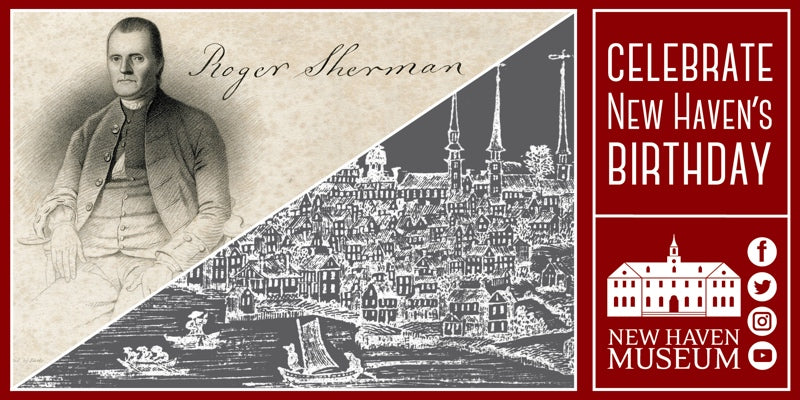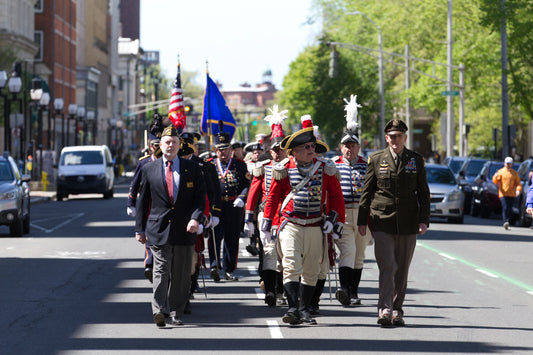Resolved, That the board of war be and hereby are directed to erase from the register of the names of the officers of the army of the United States the name of BENEDICT ARNOLD.
—Congressional minutes taken October 4, 1780, as reprinted in the New Jersey Gazette, November 22, 1780
* * *
It was more than five years since Benedict Arnold left New Haven.
First he went to Massachusetts, coming to the aid of fellow patriots in some of the earliest skirmishes of the Revolutionary War; then to New York, capturing British forts; next to Canada, leading a gutsy invasion of British Quebec; to New York again, where he almost single-handedly won the most important battle of the war; to Pennsylvania, as the military commander of the rebel capital, Philadelphia, where he married his second wife, Peggy Shippen; and, as of August, 1780, back to New York, commanding the pivotal rebel fortress at West Point. Along the way, he rose from a local leader in the Connecticut militia to the top brass of the Continental Army.
sponsored by
During those five years, he also lost his first wife, who died of unknown causes; twice sustained a crippling bullet to the leg; used his military authority to profit from misappropriated military goods and shady trade arrangements; twice escaped serious consequences stemming from corruption trials; grappled incessantly with fellow officers and the Continental Congress; became virtually impoverished; opened a secret line of communication with British adjutant general John André, top aide to the top redcoat general Henry Clinton; passed intelligence to the British while negotiating a payout for turning traitor; conspired to deliver to them West Point; and fled in dramatic fashion after André was caught and the plot discovered.
It was at the end of this incredible chain of events, in October 1780, that Arnold found himself in British-held New York City without family or friend. His wife and co-conspirator Peggy was still residing near West Point with their young son, feigning a mental breakdown in order to convince the rebels she wasn’t in on the treason. The ploy worked, and she was allowed to return to Philadelphia, even as those rebels, including Arnold’s former comrade and ally General George Washington, envisioned a noose around her husband’s neck.
His compatriots-to-be didn’t like him much either. Clinton, the British commander-in-chief, saw Arnold’s forced defection as a mixed event. On one hand, he believed it would cause a blow to the enemy’s morale, but on the other, the real plan involving the handover of West Point had failed before it even began, and he’d lost his favored aide André in the balance. According to James Thomas Flexner’s The Traitor and the Spy: Benedict Arnold and John André (1953), Clinton wrote in a letter that he was “distressed beyond words” by André’s plight. Meanwhile, other British officers gave Arnold a frosty reception. He had traded red-blooded, blue-coated colleagues who might love or hate him, depending on the man, for a blue-blooded, red-coated variety that, perhaps taking a cue from Clinton, held Arnold in uniformly low esteem.
sponsored by
Though Arnold had escaped from the forestland surrounding West Point to the city streets of Manhattan, he wasn’t yet out of the woods. Through a diplomat, Washington floated to Clinton the possibility of trading back the latter’s beloved André, who’d been sentenced to death as an enemy spy, in exchange for Arnold. Would the betrayer be betrayed?
As with the corruption trials he had faced in his past, the demands of war pulled Arnold’s feet from the fire. Flexner writes that “although Clinton’s personal feelings
André hanged on October 2, 1780, after which the honor owed to Arnold arrived in the form of an official brigadier generalship in the British army and a lump sum of £6,000 plus expenses. Simultaneously, the British PR machine went into action, celebrating Arnold’s treason in Tory papers and in the streets, hoping to sow distrust among rebel ranks and spur mass defections to the Loyalist side.
Instead, as Dave R. Palmer’s Washington and Arnold: A Tale of Two Patriots (2006) recounts, “the betrayal had exactly the opposite effect on patriot morale,” giving “new life to revolutionary zeal.” It also prompted Arnold’s enemies in Philadelphia, who’d brought him up on corruption charges the previous year, to expel his wife, Peggy, who they’d long suspected harbored royalist sympathies. Fortunately for the Arnolds, she was once again treated with a light hand, allowed to travel with to New York to join her husband, whose military prowess Clinton had so far failed to deploy.
Finally, Arnold received his marching orders. On December 21, 1780, he and a force of about 1,600 soldiers sailed to Virginia to attack supply lines left largely unguarded by Continental forces. Arnold quickly tasted his former glory, easily taking Richmond, the capital, and setting up a base of operations in Portsmouth for continued raiding come spring. In the meantime, Arnold idled some more, and by the time March rolled around, Clinton, underestimating Arnold’s abilities, sent in a ranking major general, William Phillips, to take over.
Arnold eventually made his way back to New York, still hungry to prove himself on the field of battle. Clinton obliged, ordering him to lead an attack on New London, “Connecticut’s leading wartime seaport” and “a haven for privateers” (Palmer)—a place Arnold knew quite well, having been born just up the Thames River in Norwich. With no more honor to lose in the eyes of American patriots and everything to gain in service to the crown, Arnold led a blistering attack, putting flame to the town and besieging Fort Griswold, the local rebel encampment. The English losses in the first part of the siege were so great that by the time the redcoat soldiers broke through the walls, they refused the remaining rebels’ surrender, and before Arnold could send over the order to restrain themselves, a slaughter ensued.
If Arnold hadn’t yet irretrievably severed ties with his own past, he certainly had now. The attack on New London was the last action Arnold would see in the Revolutionary War, which would unofficially conclude the following month with the British general Charles Cornwallis’s surrender at Yorktown, Virginia.
A few months after the events at New London, Arnold would move with his family to old London, England, where he was given a pension for his service and, fleetingly, proved a popular source of insights into the land across the Atlantic. Turned down for additional military commands, he turned instead to various increasingly unlucky business pursuits, which brought him from England to Canada to the Caribbean and finally back to England, where he died, in debt and consternation, on June 14, 1801. As the Connecticut Gazette put it that August 5:
“DIED… In England, the infamous Benedict Arnold.”
Written by Dan Mims. Image depicts Benedict Arnold, an 1879 engraving by Henry Bryan Hall after the original by John Trumbull. This updated story was originally published on July 1, 2014.









